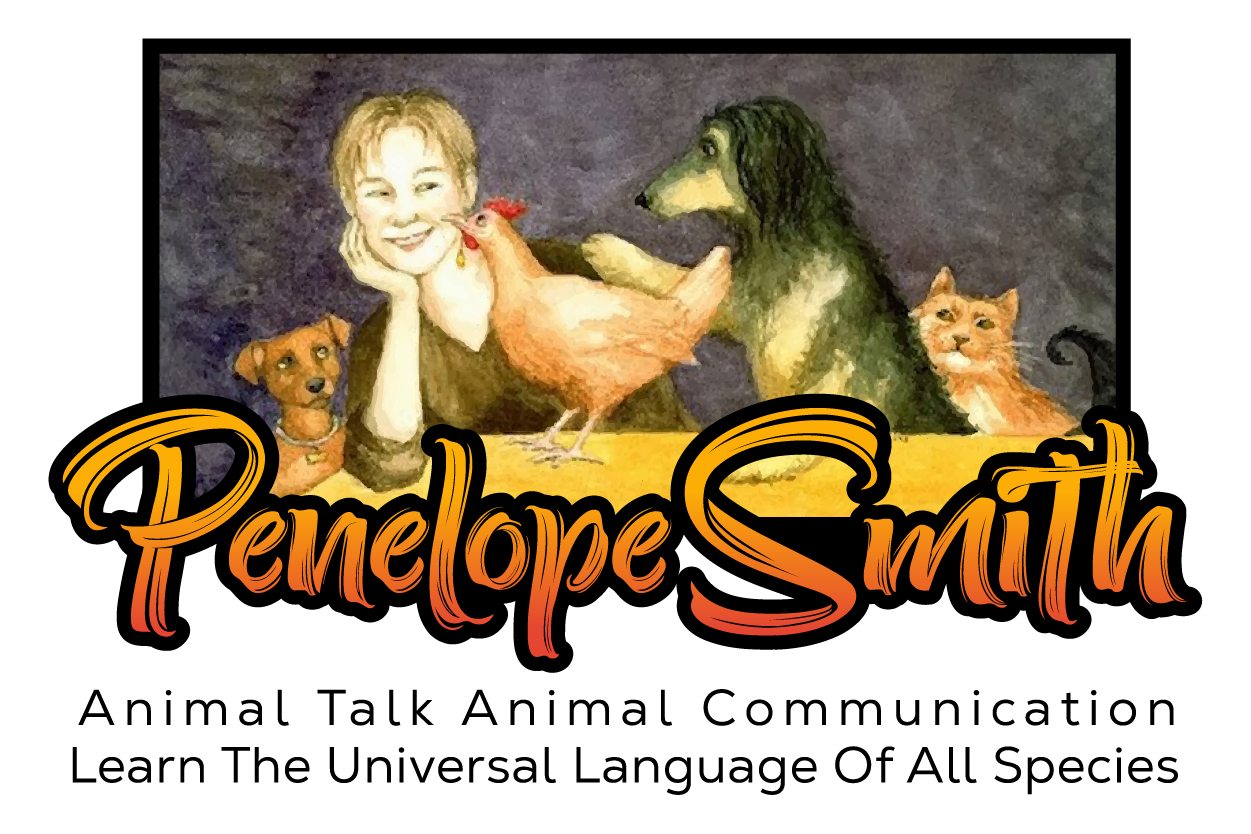Animal Talk 40th Anniversary
In the late 1970s, students taking my beginning classes on animal communication urged me to write a book on the subject. The first edition of Animal Talk: A Guide to Communicating with and Understanding Animals was born. Getting it published to reach an interested audience was another story.
Following established procedures, I began sending the manuscript to large publishers. This lengthy process mainly produced rejection letters in the mail.
I was thrilled when the large publishing house, Harper and Row (later to become HarperCollins), indicated interest in my book. In 1977, they had published a fellow pioneer animal communicator’s book, “What the Animals Tell Me,” by Beatrice Lydecker. We were among the earliest professional animal communicators, all based in the greater Los Angeles area.
After several years of back and forth correspondence about my book, Harper and Row finally wrote me that they wouldn’t publish it. How frustrating!
Undaunted, I checked out the “vanity” publishers operating at the time who would publish books for a fee. Their terms and their reputation did not appeal to me. Small, viable, and niche market publishers were almost non-existent. I decided to learn how to publish the book myself.
I went to a self-publishing book conference in Santa Barbara, California and met Dan Poynter, author of Self-Publishing Manual: How to Write, Print and Sell Your Own Book. He was a pioneer in self-publishing, with numerous books, seminars, and articles on the subject long before digital technology made it an easy option for authors. He helped shift the once scorned practice of authors self-publishing their books into a popular alternative.
His book was my faithful, well-used guide to navigate the unknown waters of book publishing, distribution, and marketing. Like my book, Animal Talk, Dan Poynter’s book is a classic that has helped countless people, printed in many editions since its 1979 publication.
With his book’s help, I set up and ran my own publishing company. Taking inspiration from the fabled winged horse, Pegasus, I called my company Pegasus Publications. Years later, I would rename it Anima Mundi (Soul of the World) Incorporated.
For the first printing, the front cover illustration done by an artist friend featured her favorite animal, giraffes. I hand-lettered the title with an artsy, fun script and chose a cheery yellow-orange card stock to frame it. Finally, the hard work of learning new publishing skills paid off. I printed the first edition of Animal Talk in 1982 at a copy shop and started selling them to my students and clients.
The book sold steadily over the 1980s and 1990s, through my public appearances, catalogs, mail-order sales, and prominent wholesalers and distributors. I published new editions, upping the professional and aesthetic appearance using the expertise of book designers. My former husband, Michel Sherman, joined the publishing company when he became my manager in 1988. This working partnership freed me to do more lectures, media appearances, teaching travels, animal consultations, and Species Link quarterly journal beginning in 1990.
Michel and I parted ways in 1996. With the help of my new administrative assistant, Toni Franklin, we landed publishing contracts for Animal Talk and my other book, Animals: Our Return to Wholeness with Beyond Words Publishing, which specialized in books about personal growth. Beyond Words guided me to reorganize the books, putting all the basic “how to communicate with animals” material in Animal Talk, leaving more advanced topics for my later book, retitled When Animals Speak. In their new editions published in 1999, Animal Talk now had more pages, and When Animals Speak slimmed down.
I was thrilled to collaborate with Beyond Word’s visionary owners, Richard Cohn and Cynthia Black, compatible and enthusiastic publishers, who personally supported their authors’ works. We even enjoyed a dolphin journey together in Hawaii, at a time when I was sponsoring whale and dolphin journeys in other areas. You can read the story about the company here.
Through rough times financially for many publishing companies, Beyond Words did the hard work of boosting my books’ sales and getting foreign contracts for Animal Talk in about seventeen languages. (Note that most of these are no longer in print.) They also published my book, Animals in Spirit, an audio recording, Dolphin Talk (out of print), and Wild Animals Speak DVD.
The new millennium brought breakthroughs for Beyond Words in publishing bestselling books and a film, selling millions of copies. In 2006, they partnered with Atria Books, a subsidiary of Simon and Schuster. My 1970s quest with large publishing companies had come full circle.
Richard Cohn, head of Beyond Words, and I have discussed a new edition of Animal Talk to commemorate its 40th anniversary. This classic how to communicate with animals book is still as relevant now as it was in its first Pegasus Publications edition. A plethora of books, audio, and video recordings on the subject by international animal communicators are now available.
From a few people practicing in the 1970s, the field has burgeoned to thousands of animal communicators today. Recently, researchers have contacted me to publish more about animal communication and its history in dissertations and accredited journals. The saga continues.



